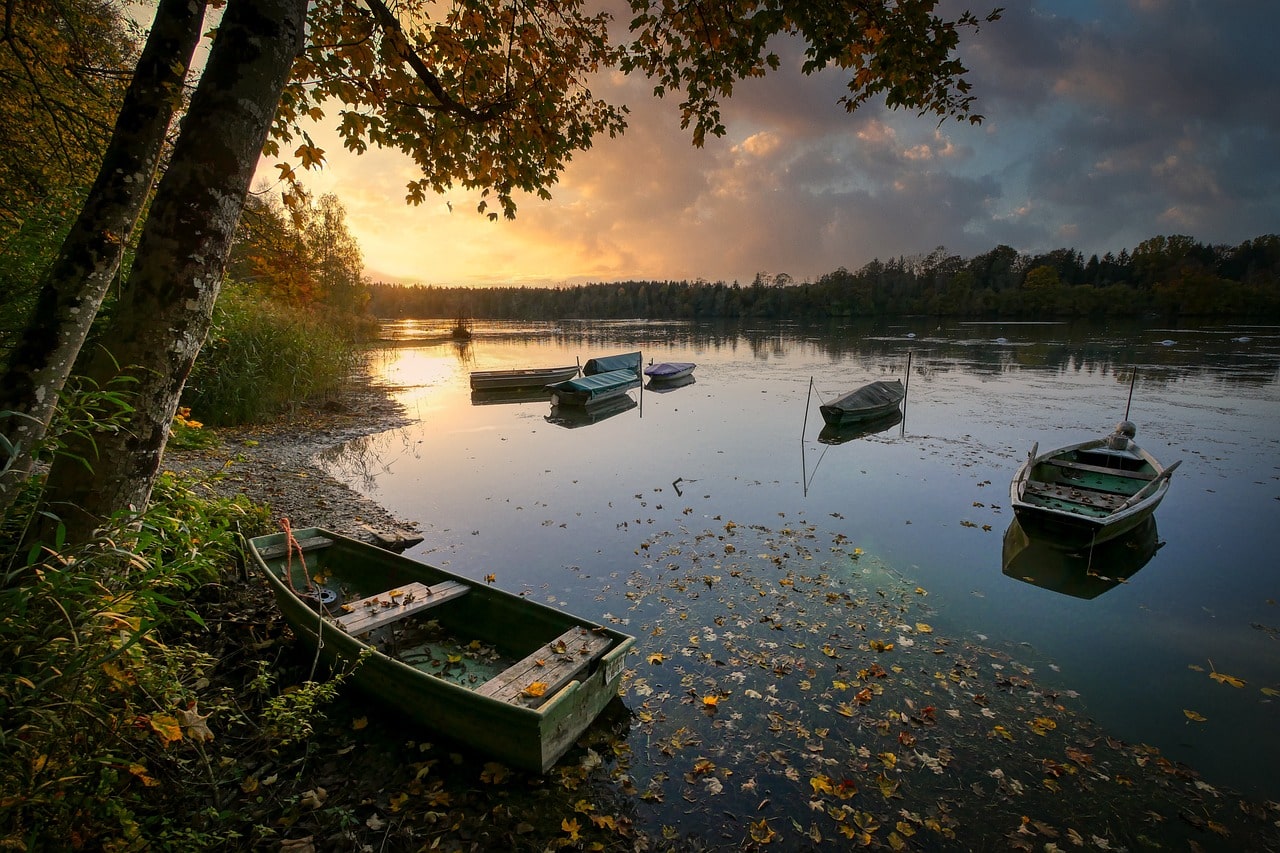The smallest of the five large lakes in Dane County that receives water from the Yahara River, Lake Wingra is a peaceful haven tucked away inside Madison, Wisconsin’s municipal boundaries. Lake Wingra is surrounded by the University of Wisconsin–Madison Arboretum to the south and west and the thriving city on the remaining shoreline. It provides a special fusion of urban accessibility and natural beauty. This 321-acre lake is an important recreational location for Madison locals and is a beloved local fishery known for its big muskellunge spring runs.
Lake Wingra has a rich history of use by Native Americans, particularly the Ho-Chunk Nation, who named it after their word for “duck.” Historically, the lake was a thriving ecosystem with significant groundwater inputs from surface springs and subsurface seepage, draining through Wingra Creek to Lake Monona and eventually to the Mississippi River via the Upper Rock River drainage. However, human activity has dramatically altered the lake and its watershed over the past two centuries.
The lake faces several environmental challenges, including pollution and habitat degradation. Only a fraction of the historical springs remain, and much of the lake’s water now comes from chemically, biologically, and thermally polluted surface runoff. The ecology of Lake Wingra has been significantly strained by invading species, sedimentation, thermal pollution, mercury and PCB toxicity, and other contaminants. The lake also suffers from hyper-nitrification due to excessive nitrogen and phosphorus inputs.
During Madison’s period of rapid development, stormwater management in the Lake Wingra basin was largely neglected. Storm drains once ran directly into the lake, and combined sewer systems led to discharges of zoo waste into the lake and Wingra Creek. Although the City of Madison has successfully addressed these issues, ongoing efforts are needed to mitigate stormwater impacts. Contaminated holding and settling ponds are now used to slow flows and trap pollutants before they reach the lake, but these ponds also need regular maintenance and decontamination.
Restoration efforts for Lake Wingra have been initiated but are still in the early stages. These projects have primarily been small-scale demonstrations rather than comprehensive basin-wide strategies. The Wisconsin Department of Natural Resources has experimented with removing non-native carp, which can disrupt the aquatic ecosystem. Additionally, the USGS is researching the effectiveness of rain gardens in containing and filtering stormwater. A 2007 project at Edgewood College near the lake’s shore aims to improve rain garden efficiency, potentially contributing to better stormwater management practices.
Despite its environmental challenges, Lake Wingra remains a beloved recreational spot. Most of its shoreline is publicly owned, providing ample space for community activities. The northern shoreline has several notable attractions, including Henry Vilas Zoo, Wingra Boats, Wingra Park, and Edgewood College. These facilities offer opportunities for boating, picnicking, and enjoying nature.
Lake Wingra’s prohibition of gasoline motors creates a peaceful environment ideal for canoeing, kayaking, and paddleboarding. The surrounding parkland, including the University of Wisconsin–Madison Arboretum, features miles of nature trails perfect for hiking and bird-watching. The lake’s excellent fishing opportunities include bluegill, panfish, crappie, northern pike, walleye, largemouth bass, and muskie.
In summary, Lake Wingra is Madison’s small but significant natural resource. Its blend of historical importance, environmental challenges, and recreational opportunities make it a unique and valuable part of the community. Ongoing restoration and conservation efforts are essential to preserving this urban lake for future generations.

